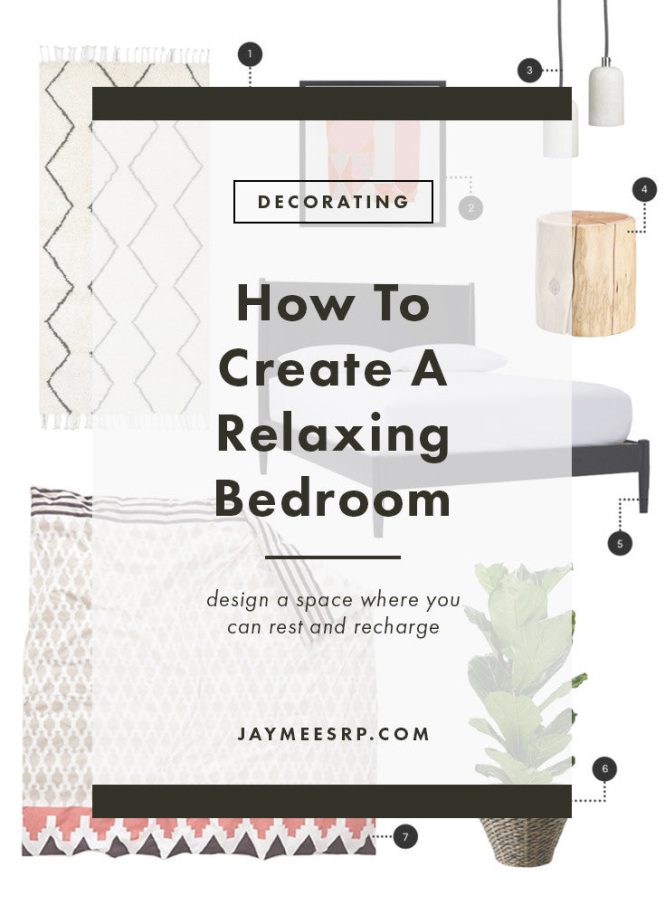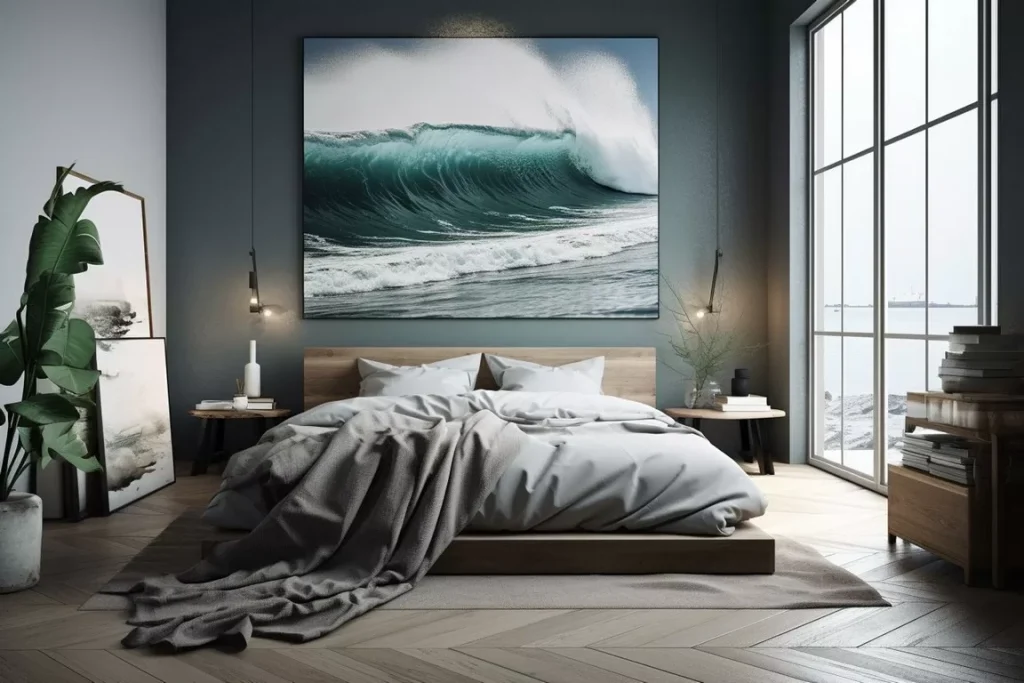

How to Create a Relaxing Bedroom with Soft Illumination. Are you tired of a bedroom that feels more jarring than rejuvenating? Do you long for a space that promotes relaxation and restful sleep? Many struggle to create a truly calming bedroom environment, often overlooking the power of soft illumination. The right lighting can significantly impact your mood and sleep quality, turning your bedroom into a haven of peace. This article will guide you through the steps of designing a relaxing bedroom with soft illumination, covering everything from choosing the right light fixtures to selecting the perfect color palette. We’ll explore various lighting techniques, practical tips, and design ideas to help you transform your bedroom into your personal sanctuary. Get ready to unwind and learn how to create a tranquil escape!
Choosing the Right Lighting for a Relaxing Bedroom
Ambient Lighting: Setting the Mood
Ambient lighting offers overall illumination for the room, creating a foundation of soft light. Avoid harsh overhead lights; instead, opt for warm-toned, diffused light sources such as floor lamps, table lamps with soft shades, or recessed lighting with warm-white LED bulbs. Think about using dimmer switches to control the intensity of your ambient lighting. Consider using Himalayan salt lamps for a natural and aesthetically pleasing touch.
Task Lighting: functionality with Subtlety
While ambient lighting sets the mood, task lighting offers focused light for specific activities such as reading in bed. select bedside lamps with adjustable brightness or reading lights with flexible necks. Make sure these lights don’t emit harsh, glaring light, but rather offer a softer, more focused beam. A small, stylish desk lamp can also be a functional addition, providing focused light without disrupting the overall ambience.
Accent Lighting: Adding Depth and Interest
Accent lighting highlights specific attributes or artwork in your bedroom. It’s not meant for bright illumination; rather, it adds depth and interest to the space. Use small, strategically placed lights to draw the eye to favourite pieces, creating visual interest without overwhelming the overall softness of the room. This could include fairy lights draped along a headboard or picture lights highlighting artwork. It is crucial that this is not overpowering, instead subtle and adding to the calming feel.
Color Palette and Design Elements for a Relaxing Bedroom
Calming Color Schemes
The colors you select for your walls and bedding have a significant impact on the overall atmosphere of your bedroom. Opt for soft, muted tones such as blues, greens, grays, or lavenders. These colors promote relaxation and tranquility. Avoid bright or stimulating colors such as red or oscope which can over-stimulate the brain and interfere with restful sleep. Use soothing pastel tones and keep the color scheme fairly neutral. A good rule is to have an all-over consistent color pallette, which could include accent colours.
Soft Textures and Fabrics
Incorporate soft textures such as plush rugs, cozy blankets, and luxurious bedding. These materials add to the sense of comfort and warmth in your bedroom. Consider using natural materials such as cotton, linen, or wool, which have a calming effect. Avoid harsh fabrics or textures that feel uncomfortable or irritating against the skin. A soft, textured throw blanket can add both warmth and visual interest.
Minimalist Approach
Reduce clutter by keeping your bedroom minimally decorated. Clutter can create a sense of visual chaos and interfere with relaxation. Focus on a few key pieces of furniture and decor, keeping the overall look clean and uncluttered. A minimalist approach also helps to reflect light more effectively and enhances the calming atmosphere.
Incorporating Natural Elements for a Relaxing Bedroom
Plants and Greenery
Introduce indoor plants to purify the air and add a touch of nature to your bedroom. Plants can help to create a more serene atmosphere and promote better sleep. select low-maintenance plants that are well-suited to indoor environments. Consider snake plants, spider plants, or peace lilies, known for their air-purifying qualities.
Natural Materials
Incorporate natural materials such as wood, bamboo, or rattan into your bedroom decor. These materials add warmth and texture to the space. Use wood for your furniture, or bamboo blinds to filter light. The use of natural materials adds to a sense of calm and connects you with nature.
Fresh Air and Ventilation
Ensure good ventilation in your bedroom by opening windows regularly. Fresh air can improve air quality and create a more refreshing atmosphere. Consider using a diffuser with calming essential oils such as lavender or chamomile for a further enhanced relaxing experience. Make sure to have a well-ventilated room.
Advanced Lighting Techniques for a Relaxing Bedroom
Dimmable Lights and Smart Bulbs
Using dimmable lights allows you to adjust the intensity of your lighting to suit your mood and activity. Smart bulbs can be controlled remotely using your phone or voice assistant, making it easy to create the perfect ambiance in your bedroom. Smart bulbs also offer color-changing capabilities, allowing you to further tailor the ambiance to fit your needs. This allows for great versatility when customizing your lighting schemes.
Layered Lighting Approach
Layer varied types of lighting to create a more sophisticated and inviting space. This could include a combination of ambient, task, and accent lighting, each contributing to a unique sense of depth and atmosphere. This layered approach allows you to easily adjust lighting based on your activity.
Color Temperature Control
Consider using lights with adjustable color temperature settings. Warmer light tones (around 2700K) are ideal for relaxation, while cooler tones are generally better suited for more active tasks. The ability to adjust color temperature gives you precise control over the mood and atmosphere of your room. This is especially beneficial for regulating sleep patterns.
Maintaining Your Relaxing Bedroom
Regular Cleaning and Decluttering
Regularly clean and declutter your bedroom to maintain a sense of calm and order. A clean and organized space promotes relaxation and reduces stress. Cleaning removes dust and allergens that can impact sleep quality. Decluttering removes visual clutter and promotes a calmer and more comfortable environment. Regular cleaning is essential to maintaining the tranquil atmosphere.
Consistent Lighting Routine
Establish a consistent lighting routine to regulate your sleep-wake cycle. Use dimmer switches to gradually reduce the light intensity in your bedroom as bedtime approaches. This helps to signal your body that it is time to relax and prepare for sleep. A consistent routine helps to regulate your body’s natural sleep-wake cycle.
Personalization and Comfort
Ultimately, the key to a truly relaxing bedroom lies in personalization. select elements that reflect your personal style and preferences. Ensure the space feels comfortable and inviting, encouraging relaxation and rejuvenation. Remember, your bedroom is a personal sanctuary – design it to promote your own sense of peace and tranquility. Personalization will help to maximise the sense of calm and relaxation you derive from your bedroom.
Creating a relaxing bedroom with soft illumination is achievable with careful planning and execution. By incorporating soft lighting options, calming color palettes, and thoughtful design elements, you can transform your bedroom into a sanctuary of peace and tranquility. Remember to prioritize your comfort and personal preferences. Don’t hesitate to experiment with varied lighting techniques and styles to find what works optimal for you. Start designing your perfect relaxing bedroom today!